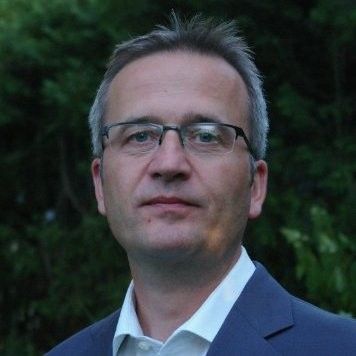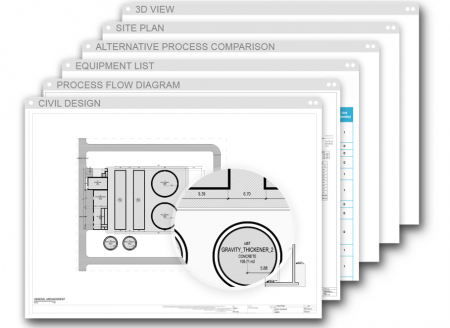A More Efficient Way to Manage Wastewater Projects
Published on by Balázs Csuka, Digital Marketing Specialist in Technology
by Leiv Rieger, PhD, P.Eng., CEO of inCTRL Solutions Inc.
 This is my first blog and I had to think for a while what a good topic might be. Being interested in water resource recovery (a.k.a. wastewater treatment) efficiency, sustainability, and of course the resulting water quality, this was not an easy task. Upon going through a couple of ideas, I realized that all of them had one common point: Integration .
This is my first blog and I had to think for a while what a good topic might be. Being interested in water resource recovery (a.k.a. wastewater treatment) efficiency, sustainability, and of course the resulting water quality, this was not an easy task. Upon going through a couple of ideas, I realized that all of them had one common point: Integration .
Let me explain. After spend ing years trying to figure out more efficient ways to treat “used” water, I came to the conclusion that a major obstacle for better design and operation is communication between the involved experts (the technical challenges are the easy ones). We still think too much in silos and this stands in our way when trying to overcome complex challenges.
ing years trying to figure out more efficient ways to treat “used” water, I came to the conclusion that a major obstacle for better design and operation is communication between the involved experts (the technical challenges are the easy ones). We still think too much in silos and this stands in our way when trying to overcome complex challenges.
An example: When designing a real-time process control system, typically a process engineer puts together a first process design, outlining what to achieve with the control system. Interestingly, often the results are put in a report and handed over to a mechanical engineer, who has to pick out some information from the report for his/her design. He/she then writes a report, hands it over to say an automation engineer, who… you get the concept. All this is a one-way street and the first feedback if everything works together is when the full-scale system goes on-line. Good luck for the commissioning engineer!
Another example: A classic design approach for water resource recovery facilities is often focused on the input and output. In other words, determining what the pollutant loads entering the plant will be and ensuring only a certain amount is allowed to leave the facility. No discussion on the system before (the sewage collection system) or the receiving water. This is luckily changing with more and more legislations switching to a receiving water perspective. However, we still have yet to break down the silos to develop the most efficient and innovative system-wide solutions.
 My last example is on transferring designs into practice. We typically use certain tools for design and another separate set of tools to operate a plant. As a result, don’t expect that these tools have the ability to talk to each other. However, this disconnect can be problematic as the urban water system is highly dynamic and needs continuous optimization.
My last example is on transferring designs into practice. We typically use certain tools for design and another separate set of tools to operate a plant. As a result, don’t expect that these tools have the ability to talk to each other. However, this disconnect can be problematic as the urban water system is highly dynamic and needs continuous optimization.
So, let’s break down the silos, get all the experts using the very same tool with the specific tools everyone needs and integrate across existing boundaries. The solution? Have a truly integrated software platform covering engineering tasks from design to operation to optimization.
Leiv is a world-renowned expert in the field of control systems and instrumentation for wastewater treatment, having most recently been awarded the 2015 Water Environment Federation (WEF) Eddy Wastewater Principles/Processes Medal. He is the CEO of inCTRL Solutions Inc., a Canada-based company focused on providing innovative solutions for monitoring, modeling and control of wastewater treatment systems.
Connect with Leiv on The Water Network
Media
Taxonomy
- Treatment
- Optimization
- System Integration
- Integrated Water Management
- Network Optimisation
- Hydraulic Modelling
- Water & Wastewater
- Sanitation & Waste Management
- Wastewater Treatment Chemicals and Consulting